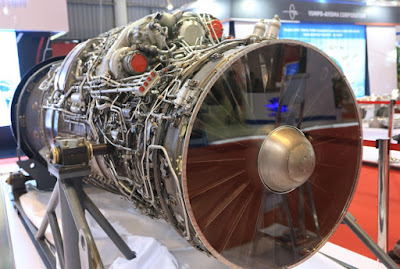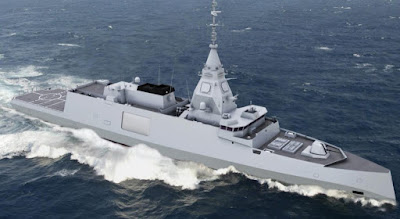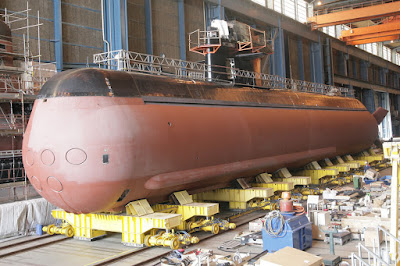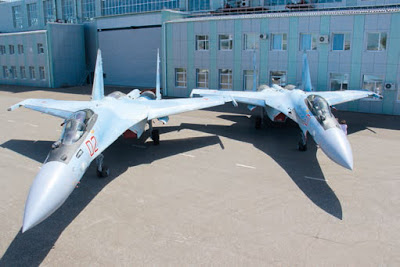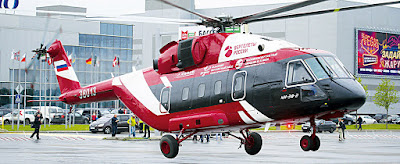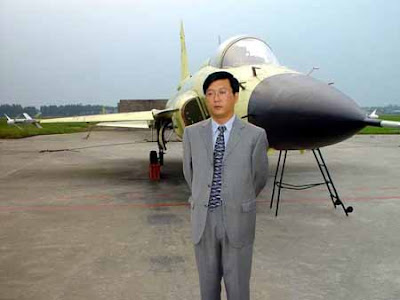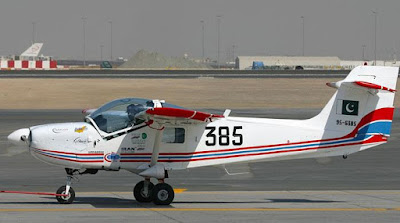In a brief report published by the Institute of Strategic Studies Islamabad, a Pakistani-government-funded think tank, more details of Pakistan's new Chinese submarines have been disclosed. The report also assesses Pakistan's pursuit of developing nuclear submarine and desire to acquire ASW capability.
Excerpts:
To counter Indian naval buildup, Pakistan agreed to purchase eight new submarines
from China in March 2015, which will be equipped with a Stirling-cycle Air-independent propulsion (AIP)system and will be able to carry up to three nuclear warhead-carrying CJ-10K land attack cruise missiles (LACMs) each.
It has been assessed that Pakistan’s nuclear submarine is likely to be based on the Qing
Class Chinese SSK (diesel-electric submarine). Highly advanced electric propulsion system of Qing Class Chinese SSK will enable Pakistan to replace diesel engine power generation with a nuclear power plant.
In 2014-2015, Pakistan signed an agreement with a German firm “Rheinland Air Service (RAS)” to upgrade two Pakistan Navy-regional air transport (ATR-72s) into maritime patrol aircraft (MPA) with anti-submarine warfare (ASW) capabilities. According to the Ministry of Defence Production, these ATR-72s will be ready for Pakistan by 2017-2018. Furthermore, it is possible that a third ATR-72 will ultimately be sent for conversion, especially since the platform is considered a key part of the Navy’s Aviation Vision 2030 plan.
Excerpts:
To counter Indian naval buildup, Pakistan agreed to purchase eight new submarines
from China in March 2015, which will be equipped with a Stirling-cycle Air-independent propulsion (AIP)system and will be able to carry up to three nuclear warhead-carrying CJ-10K land attack cruise missiles (LACMs) each.
It has been assessed that Pakistan’s nuclear submarine is likely to be based on the Qing
Class Chinese SSK (diesel-electric submarine). Highly advanced electric propulsion system of Qing Class Chinese SSK will enable Pakistan to replace diesel engine power generation with a nuclear power plant.
In 2014-2015, Pakistan signed an agreement with a German firm “Rheinland Air Service (RAS)” to upgrade two Pakistan Navy-regional air transport (ATR-72s) into maritime patrol aircraft (MPA) with anti-submarine warfare (ASW) capabilities. According to the Ministry of Defence Production, these ATR-72s will be ready for Pakistan by 2017-2018. Furthermore, it is possible that a third ATR-72 will ultimately be sent for conversion, especially since the platform is considered a key part of the Navy’s Aviation Vision 2030 plan.
